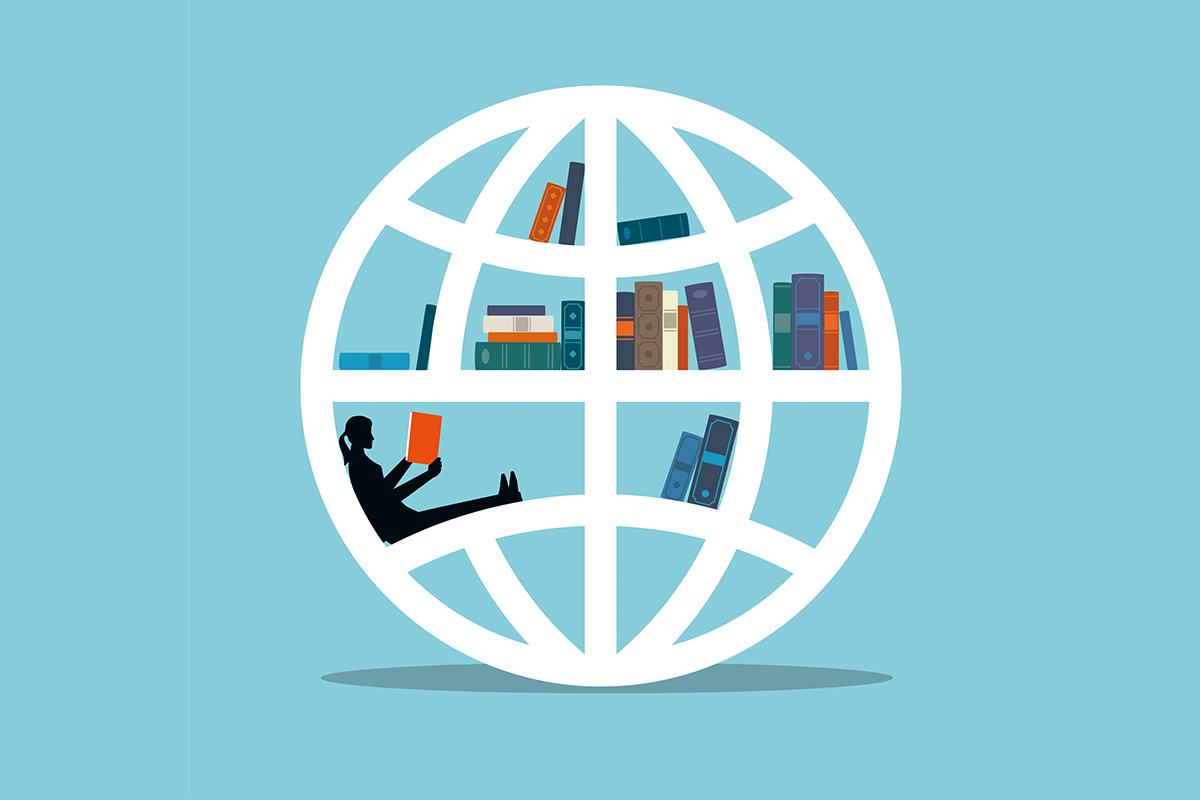Beyond Borders: The Role of Multilingual Annotation Tools in Global Market Expansion
Global expansion is a goal for many businesses, but reaching new international markets comes with its own set of challenges. Companies must navigate cultural differences, language barriers, and local regulations to connect with diverse audiences effectively. Communication is key, and ensuring that all team members—regardless of their location or native language—can collaborate seamlessly is critical. Multilingual annotation tools are emerging as a vital resource in this effort, enabling businesses to manage these complexities and drive successful global growth.
Enhancing Collaboration with Multilingual Annotation Tools
When expanding into new markets, businesses often work with teams scattered across various regions, each with its own language and cultural nuances. This diversity is a strength, but it can also lead to communication challenges. An annotation tool that supports multiple languages can bridge these gaps, allowing team members to communicate their ideas and feedback clearly, no matter where they are or what language they speak.
For example, during the development of marketing materials for a new region, a team in Japan might use the annotation tool to provide feedback in Japanese, while the head office in the United States reviews and implements these changes in English. The ability to annotate documents, images, or videos in different languages ensures that all team members fully understand the content, leading to more accurate and culturally relevant outcomes.
Localizing Content with Precision
Localization goes beyond simple translation; it involves adapting content to resonate with the local culture, customs, and consumer behavior. This process is essential for businesses looking to establish a strong presence in new markets. Multilingual annotation tools play a crucial role in this effort by enabling local teams to provide detailed feedback on everything from product descriptions to advertising campaigns.
For instance, a global e-commerce company launching a new product in Brazil might rely on local experts to annotate product descriptions, suggesting changes that reflect local preferences and idiomatic expressions. These annotations help ensure that the final content is not only accurate in language but also culturally appropriate, which is essential for building trust with local consumers. By using an annotation tool that supports multiple languages, businesses can streamline this localization process, reducing the risk of costly mistakes and increasing their chances of success in the market.
Streamlining Project Management Across Time Zones
Working with teams across different time zones adds another layer of complexity to global projects. Delays in communication can slow down progress, making it difficult to meet deadlines and launch products on schedule. Multilingual annotation tools help streamline project management by enabling asynchronous communication and collaboration.
When team members in Europe finish their workday, their colleagues in Asia can pick up where they left off, reviewing and responding to annotations made earlier. This continuous workflow reduces downtime and ensures that projects move forward efficiently. Additionally, by keeping all annotations in a centralized platform, teams can avoid miscommunication and ensure that everyone is working from the same set of instructions, regardless of when they contribute to the project.
Improving Product Quality and Compliance
Ensuring product quality and compliance with local regulations is a significant concern for companies expanding globally. Different regions have different standards and legal requirements, and failing to meet these can result in fines, product recalls, or damage to a brand’s reputation. Multilingual annotation tools help mitigate these risks by allowing local experts to annotate documents with critical information about regional compliance standards.
For example, a pharmaceutical company entering the Chinese market might use an annotation tool to highlight specific regulatory requirements that need to be addressed in product packaging or labeling. Local regulatory specialists can provide annotations in Mandarin, which can then be reviewed and implemented by the global compliance team. This collaborative approach helps ensure that all products meet local standards, reducing the risk of non-compliance and enhancing the overall quality of the product.
Building Stronger Customer Relationships
In global markets, building strong relationships with customers often hinges on how well a company can communicate in the local language. Customers are more likely to trust and engage with a brand that speaks to them in their native language and understands their cultural context. Multilingual annotation tools can help businesses fine-tune their customer-facing content, from websites and social media posts to customer service scripts.
For instance, a company expanding into France can use an annotation tool to review and refine its website content, ensuring that it not only accurately reflects the French language but also resonates with the local audience. By involving local teams in this process, businesses can create content that feels authentic and tailored to the market, fostering stronger connections with their customers.
Conclusion: The Strategic Advantage of Multilingual Annotation Tools
As businesses continue to explore and enter new global markets, the ability to communicate and collaborate effectively across languages and cultures becomes increasingly important. A multilingual annotation tool is not just a convenience—it’s a strategic asset that enables companies to streamline their global operations, ensure compliance with local regulations, and create culturally relevant content that resonates with diverse audiences. By investing in the right annotation tool, businesses can navigate the complexities of global expansion with greater confidence, building stronger relationships with customers and achieving sustainable growth in new markets.
Read More: LuxeLive.net: Redefining the World of Elite Companionship

